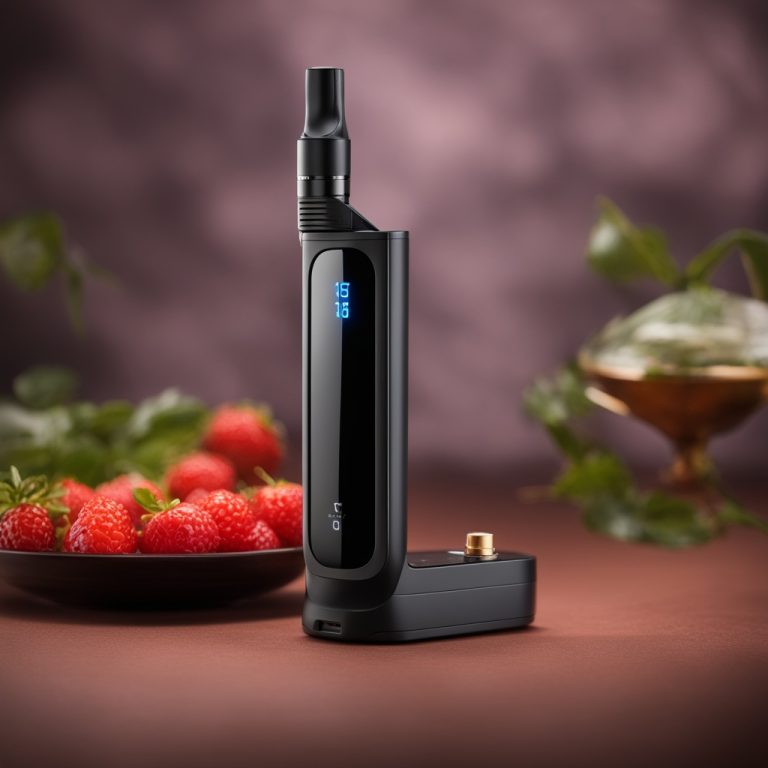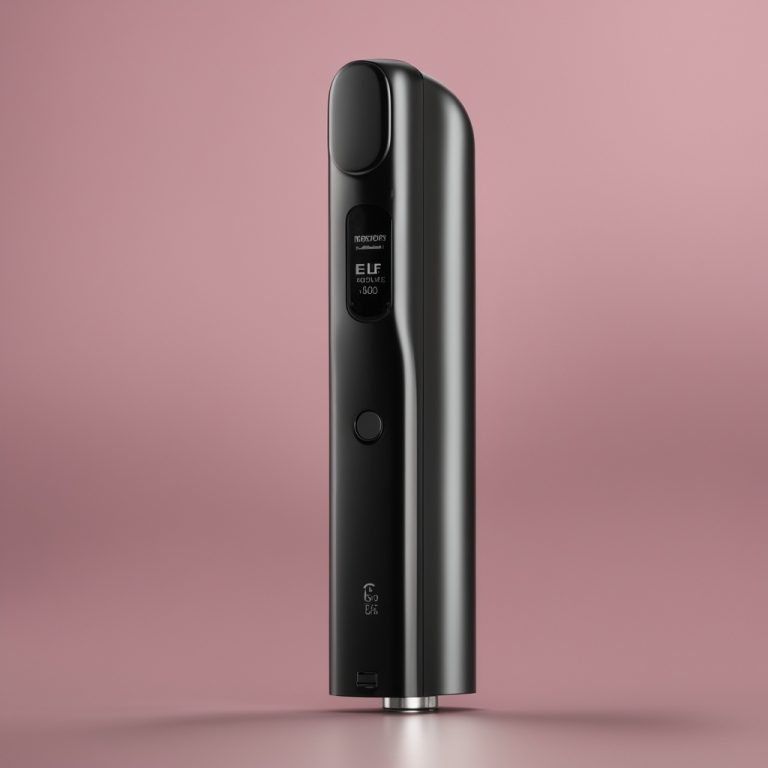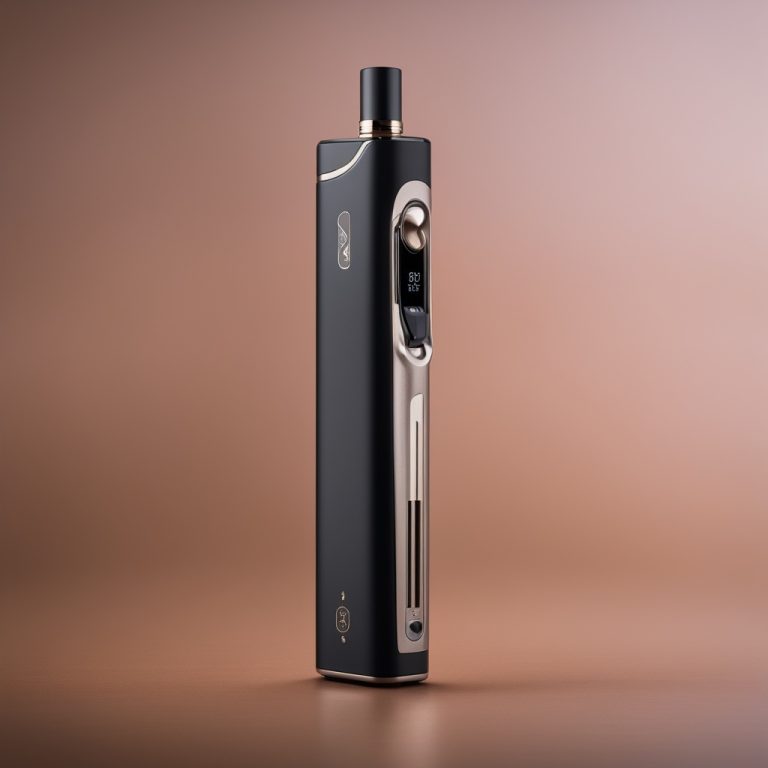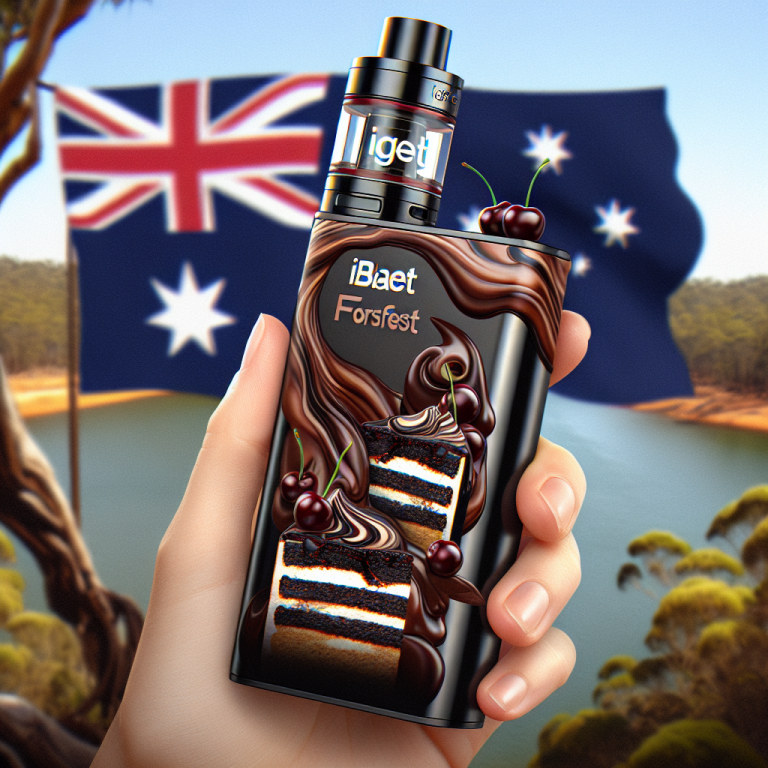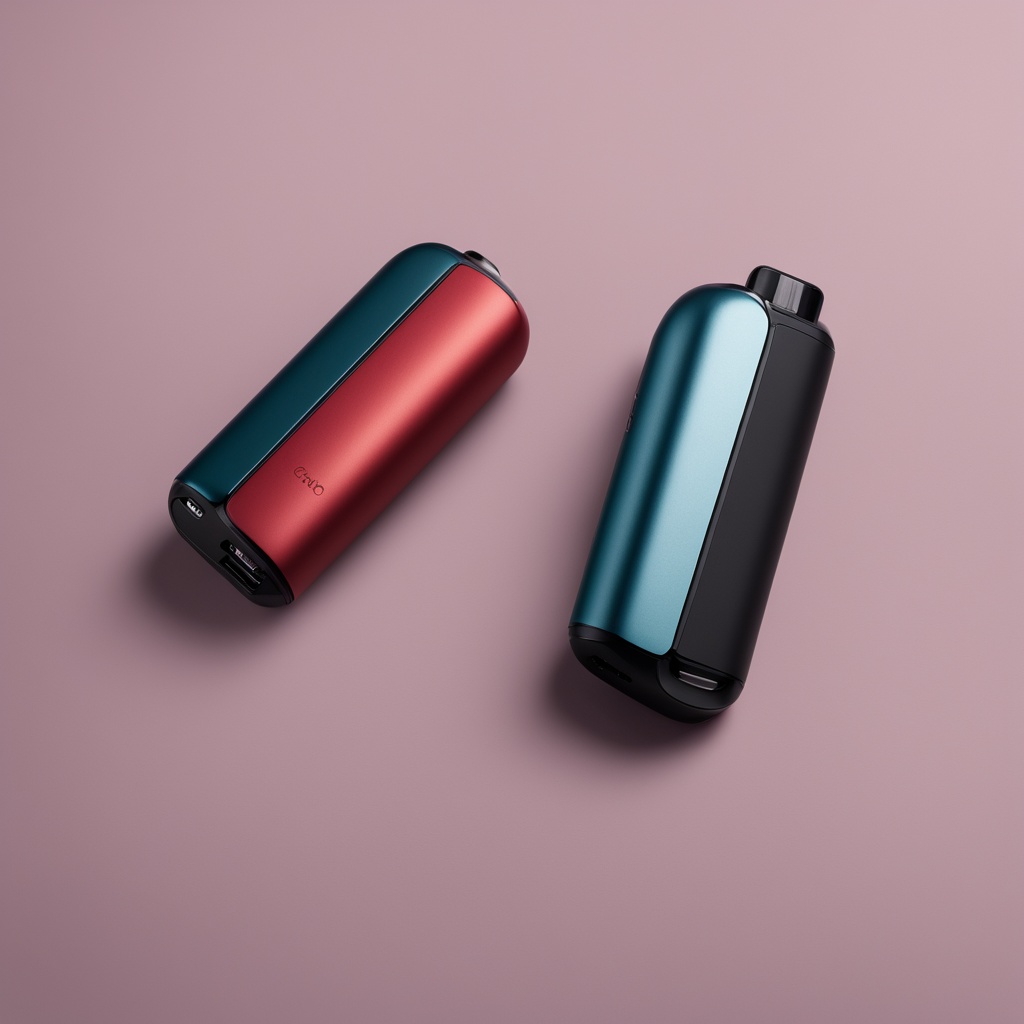
Alibarbar Vapes Australia: Redefining the E-Cigarette Experience Down Under
In recent years, Australia has witnessed a surge in demand for alternatives to traditional smoking, and Alibarbar Vapes Australia has emerged as a key player in this evolving landscape. With a focus on innovation, safety, and user satisfaction, this brand is reshaping how Aussies perceive vaping. But what makes their products stand out in a crowded market? Let’s explore.
The Rise of Vaping Culture in Australia
Australia’s strict tobacco regulations and high cigarette prices have driven many smokers to seek alternatives. E-cigarettes, particularly those from Alibarbar Vapes Australia, offer a customizable experience that appeals to both former smokers and newcomers. The brand’s commitment to quality aligns with Australia’s rigorous standards for consumer goods, making it a trusted choice.
Why Choose Alibarbar?
Three factors define their success:
- Advanced Technology: Their devices feature temperature control and leak-proof designs.
- Flavor Diversity: From native-inspired bush tucker blends to global favorites, options abound.
- Regulatory Compliance: All products meet the Therapeutic Goods Administration (TGA) guidelines.
But how does Alibarbar Vapes Australia balance innovation with safety? By prioritizing third-party testing and transparent ingredient lists, they address concerns about unregulated vaping products.
Navigating Legal Complexities
Australia’s vaping laws are among the strictest globally. Nicotine-containing e-cigarettes require a prescription, while non-nicotine variants face fewer restrictions. Alibarbar Vapes Australia navigates this landscape by offering both prescription-compatible devices and nicotine-free alternatives. Their educational resources also help users understand regional regulations—like bans on certain flavors in Western Australia.
Health Debates and Public Perception
Critics argue that vaping’s long-term effects remain unclear, while advocates highlight its harm-reduction potential. Alibarbar Vapes Australia addresses this divide by funding independent research and promoting responsible use. “Our goal isn’t to glamorize vaping but to provide safer options for adults,” says CEO Clara Nguyen. Still, questions linger: Can vaping truly help smokers quit? Are flavor restrictions justified?
Consumer Insights: What Users Say
Reviews highlight the brand’s user-friendly designs and local customer support. One Melbourne user shared: “Switching to Alibarbar helped me cut down on cigarettes without sacrificing the ritual.” However, some express frustration over limited nicotine access. How can policymakers balance harm reduction with youth prevention? This remains a hot-button issue.
Sustainability Efforts in Focus
Beyond performance, Alibarbar Vapes Australia leads in eco-conscious practices. Their recycling program for used cartridges and biodegradable packaging reflect growing consumer demand for sustainable choices. Competitors are now following suit—proof that ethical practices drive industry change.
The Future of Vaping in Australia
As legislation evolves, brands must adapt quickly. Upcoming TGA reforms could tighten nicotine import rules or expand prescription models. Alibarbar Vapes Australia is preparing by investing in medical-grade product lines and pharmacist partnerships. Will this strategy secure their market position? Industry analysts predict yes, citing their agility and community trust.
Frequently Asked Questions
1. Are Alibarbar devices legal nationwide?
Yes, but nicotine variants require a doctor’s prescription in all states.
2. How do their flavors comply with state laws?
They adjust regional inventories to match local restrictions—e.g., no candy flavors in NSW.
3. Can travelers import Alibarbar products?
International visitors must declare nicotine devices at customs, even for personal use.
Final Thoughts
As Australia’s vaping scene matures, Alibarbar Vapes Australia exemplifies how brands can thrive amid regulatory and social challenges. By blending innovation with responsibility, they’re not just selling devices—they’re shaping a contentious industry’s future. Whether you’re a skeptic or a vaping enthusiast, their story offers critical insights into public health, commerce, and cultural shifts.
What role should governments play in regulating emerging technologies like vaping? How can consumers stay informed without industry bias? These questions will define Australia’s path forward.



